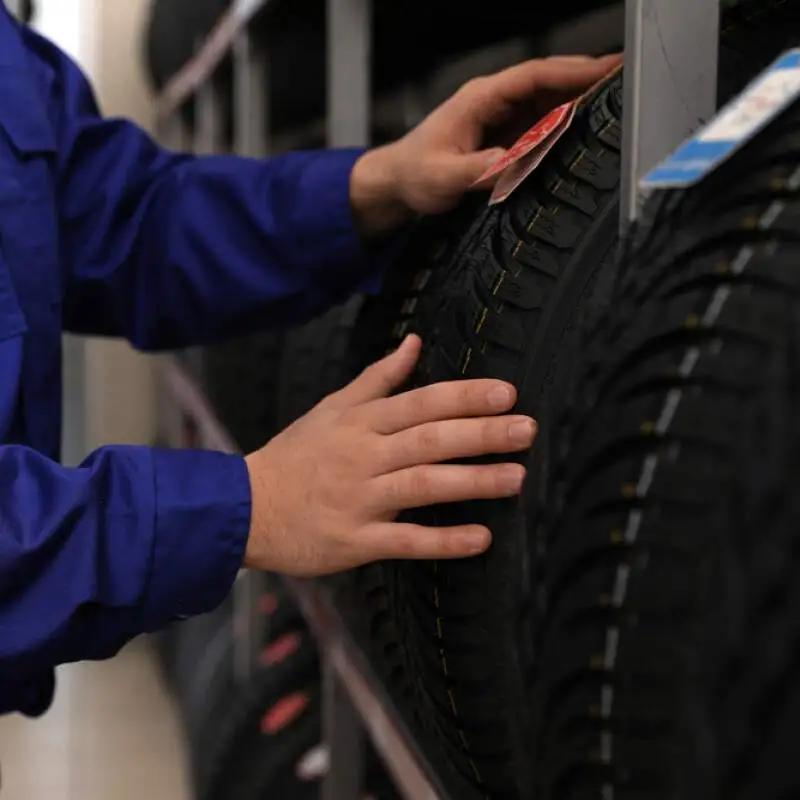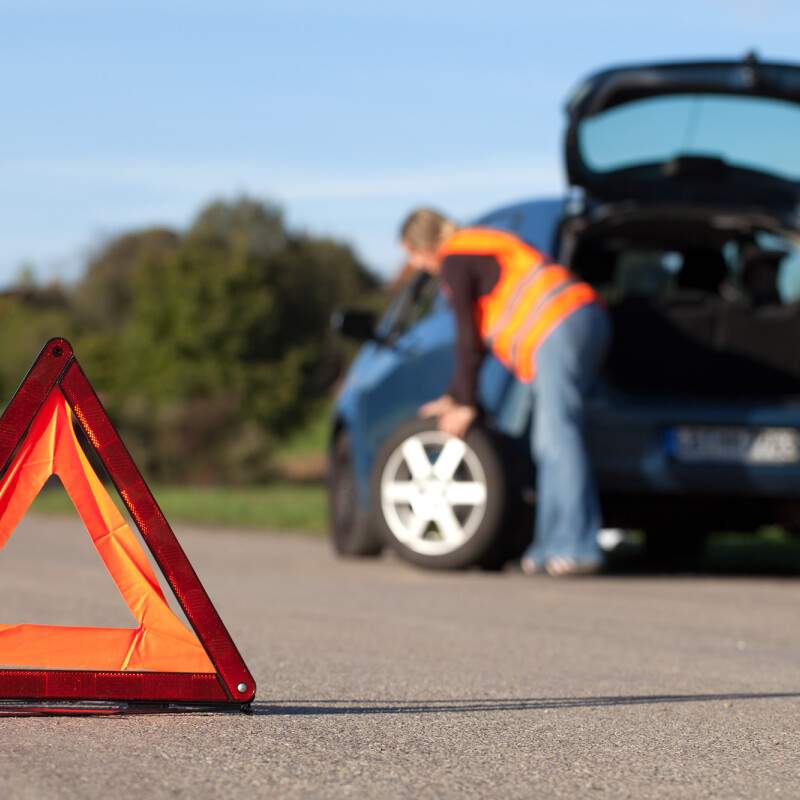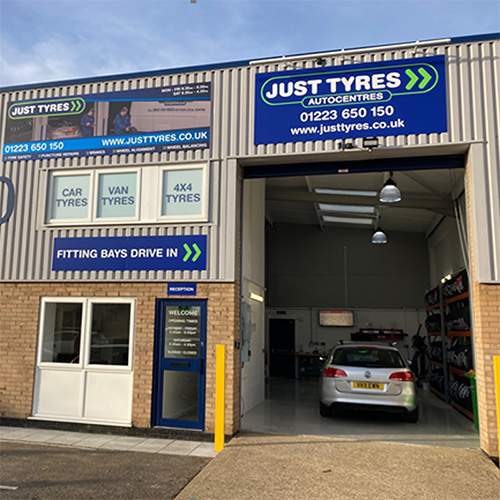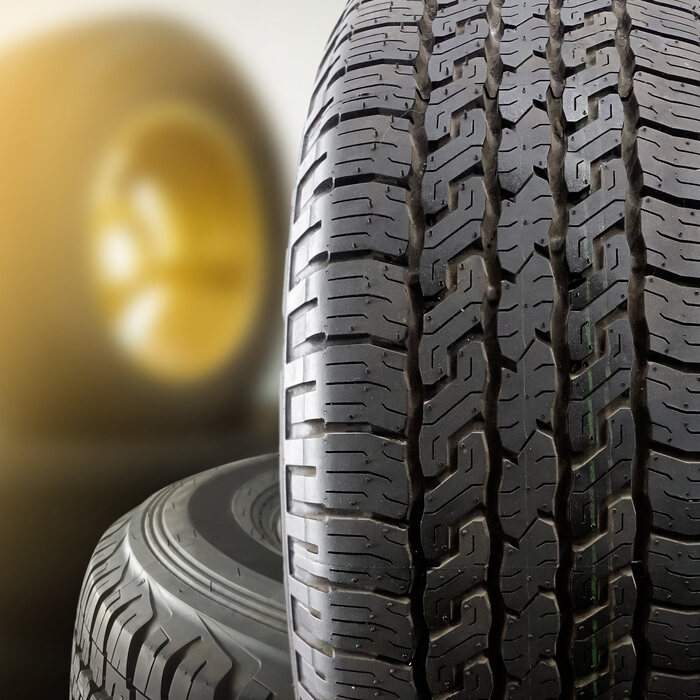How far should you place a warning triangle from your car
In the event of a breakdown or accident, it’s important to alert other drivers that your vehicle is stationary and you’re unable to move it.
All vehicles have hazard warning lights, which you should switch on when stopping at the side of the road following a breakdown or accident. However, additional measures can be taken to ensure the safety of yourself and other road users, such as the use of a warning triangle.
What is a warning triangle?
A warning triangle is a small red triangle that is highly reflective or has a number of flashing LED lights. They’re designed to alert other drivers that there’s a potential hazard approaching and to proceed with caution.
Warning triangles aren’t a legal requirement in the UK, but it is advised that you keep one in your vehicle as an additional safety precaution.
Why is a warning triangle important?
Warning triangles alert other drivers to a potential hazard and allows them plenty of time to slow and prepare. Not only does this keep them safe, but also you and any of your passengers, who may be standing at the side of the road.
Smaller and faster roads may not offer you the opportunity to spot stationary vehicles ahead of time, and so this provides an extra level of safety for everyone.
How to correctly use a warning triangle
When you have to stop at the side of the road, either due to an accident or a breakdown, you should find a safe place to stop (ideally off the road) and switch on your hazard warning lights. You should also keep your sidelights on if there’s low visibility.
The driver and all passengers should leave the vehicle and stand in a place they’re not likely to cause additional risk, and not between the vehicle and oncoming traffic.
Place your warning triangle at least 45 metres (147 feet) from your vehicle on flat ground where it will be clearly visible to other drivers. If your warning triangle has LED lights, switch them on.
You can roughly work out 45 metres in the following ways:
- Approximate length of 10 estate cars
- Around 60 steps for the average adult
- Approximate length of 3 articulated lorries
Remember to take care when leaving and retrieving your warning triangle.
Can you use a warning triangle on a motorway?
According to the highway code, you can use your warning triangle on dual carriageways, but you should never use them on motorways.
If you have to stop at the side of the motorway you should still use your hazard warning lights.
What other safety equipment should you have in your vehicle?
Other safety items and equipment you should consider carrying with you in your vehicle are:
- High-vis jacket
- Torch
- Fire extinguisher
- Lifehammer
- First aid kit
Are warning triangles a legal requirement in Europe?
If you’re planning on driving in Europe, it’s important to note that warning triangles are a legal requirement - so you must carry one with you in your vehicle or face the possibility of a fine. You must also have a high-vis jacket and spare bulbs when driving in France.
Need new tyres?
Just Tyres have a huge selection of tyres to suit every budget. And it’s easy, too, just put your reg into our handy tool and choose new tyres online in just a couple of clicks.

Tyre age how to check the age of car tyres
You may not consider their age to be particularly important, but age does play a big part towards the overall durability and performance of your tyres. Like with most things in life, the older a tyre is, the more likely...
Learn More
How far should you place a warning triangle from your car
In the event of a breakdown or accident, it’s important to alert other drivers that your vehicle is stationary and you’re unable to move it. All vehicles have hazard warning lights, which you should switch on when stopping at the...
Learn More





 Same Day Fitting. Order By 10:30am
Same Day Fitting. Order By 10:30am
 39 Nationwide Fitting Centres
39 Nationwide Fitting Centres
 5 Year Warranty On All Tyres
5 Year Warranty On All Tyres
 Price Check Promise. Always Great Deals
Price Check Promise. Always Great Deals

 Find a Centre
Find a Centre


